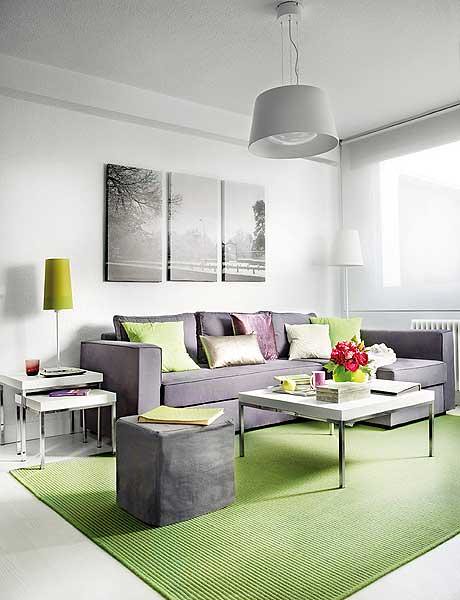
Interior design may seem quite daunting, in part because of the vast range of possibilities and styles there are to choose from. However, the truth is that excellent interior design can be accomplished by virtually anyone, as long as he or she learns some basic concepts on the subject. Check out the below tips. You'll be surprised at just what you can achieve.
Proper lighting is necessary in every successful project of interior design. You can add light in many different ways - windows, candles, lamps, skylights and mirrors. As long as these elements work in harmony, your environment will be brighter and more enjoyable.
Think of the amount of people you have living in your home when figuring out how to design its interior. Ask yourself if the room will be used to entertain lots of people, or will it only be used by you. Also, remember different rooms need different moods and furniture. A bedroom will have different design needs than those of a living room or dining room. Always put the function of the room before any other consideration. Then, add your style elements knowing that you have created a room that will work as intended.
A quick way to update your space is to focus on accessories. Replacement lighting fixtures and ceramic pieces can upgrade the look of your room. Try out a few new pieces like new curtains or a few stylish tea towels. A few easy changes, such as these, can give rooms a fresh, new look without breaking your wallet.
Ceilings should be a minimum of two shades lighter than the walls. If you do not do this, your room will closed-in and seem small. A lighter-colored ceiling will make the room feel brighter and bigger.
For almost any room, lighting is a primary design element. The whole mood of a room changes with sufficient lighting. Brighter lights give off a better impression to people. At the same time, these lights are not always suitable for areas in which a subdued atmosphere is more appropriate, such as a study or home office. In bedrooms and living rooms, use dimmer lights.
If possible, you might want to take away your ceilings in order to make rooms look larger. This option is best-suited for homes that have attics or other underutilized spaces. Raising the ceiling opens up the room and allows for more natural light distribution.
Don't rush if you're thinking of painting a room. If you do this, you might end up using colors that you will not like. Gather many different paint samples, apply these samples onto your wall, and then give yourself a few days to decide. Check pest control how the samples appear when source lighting conditions change. A color you loved on first sight may turn ugly when seen in a new light.
Interior planning may not be for everyone, but you can do it if you set your mind on it. But when you have the right information, designing a room isn't something to be feared. Use the information in this article and you will be able to transform your home into something spectacular.
No comments:
Post a Comment